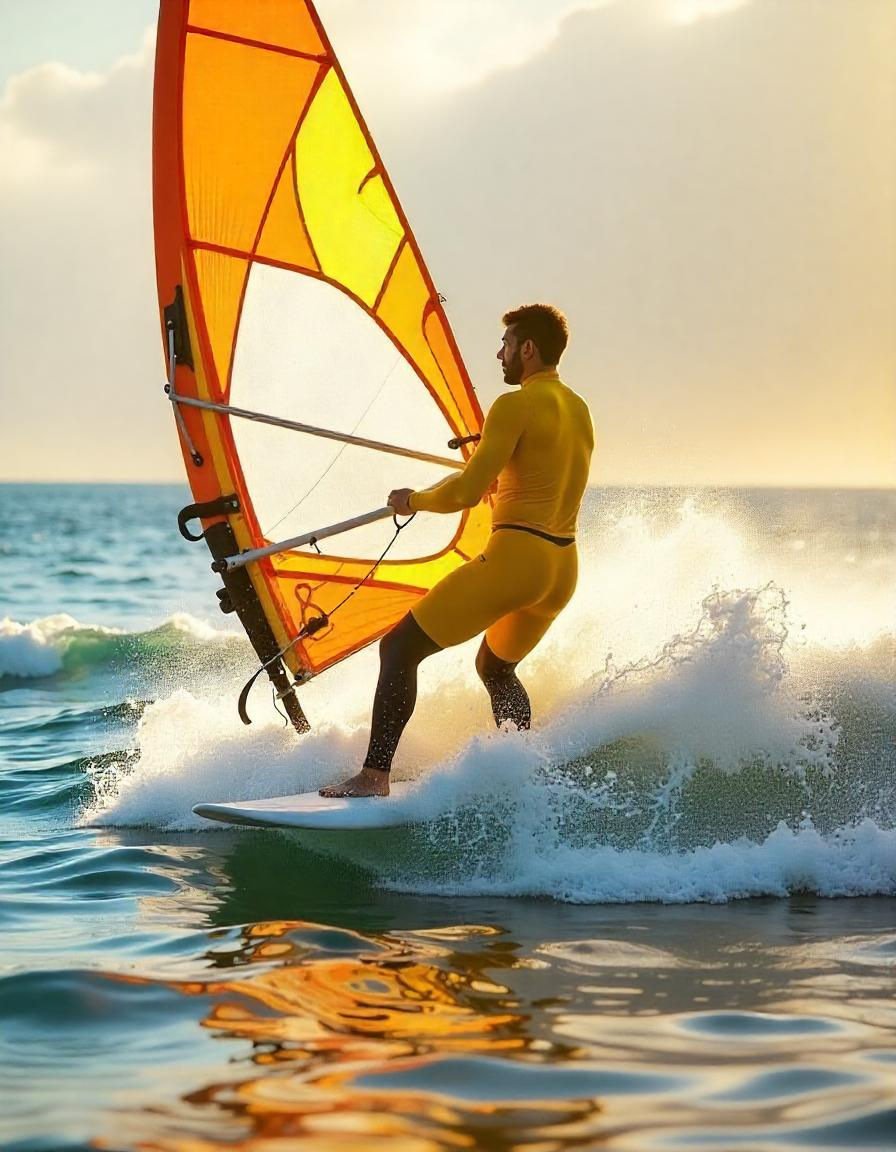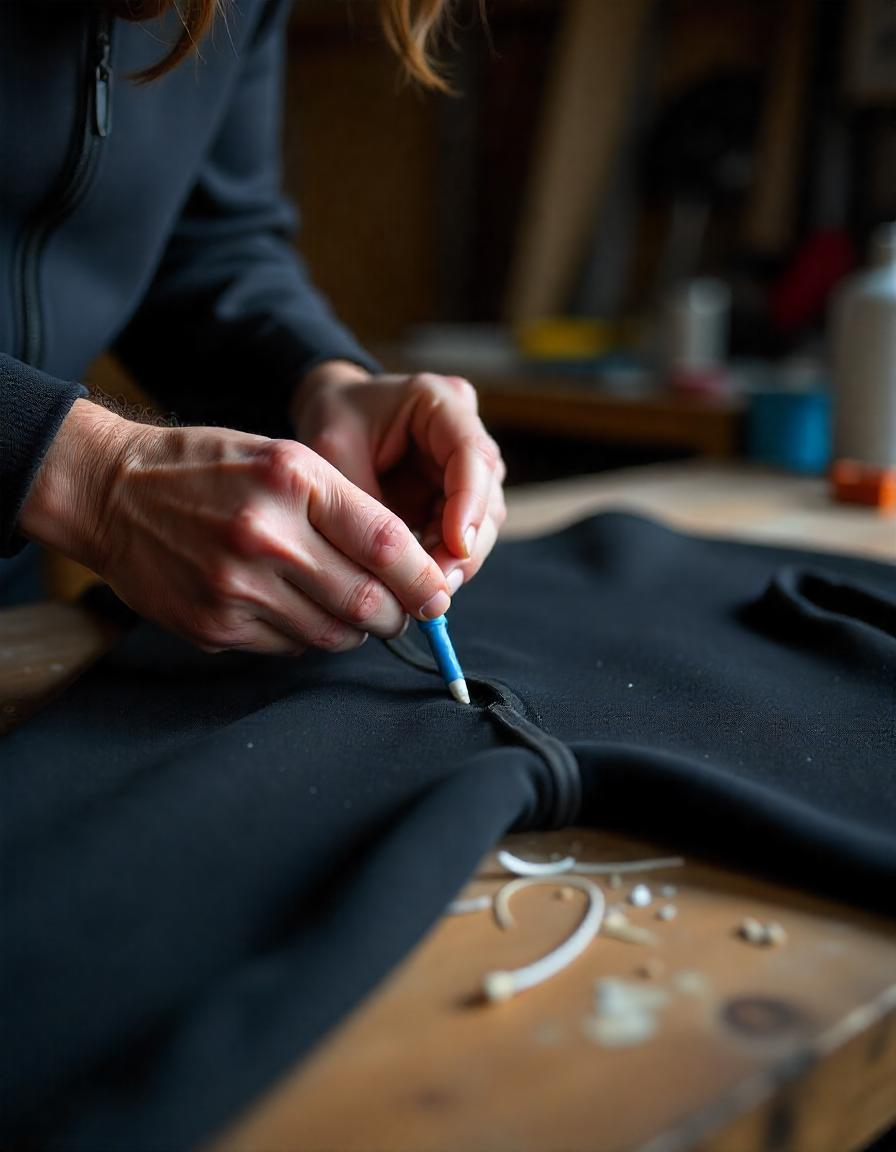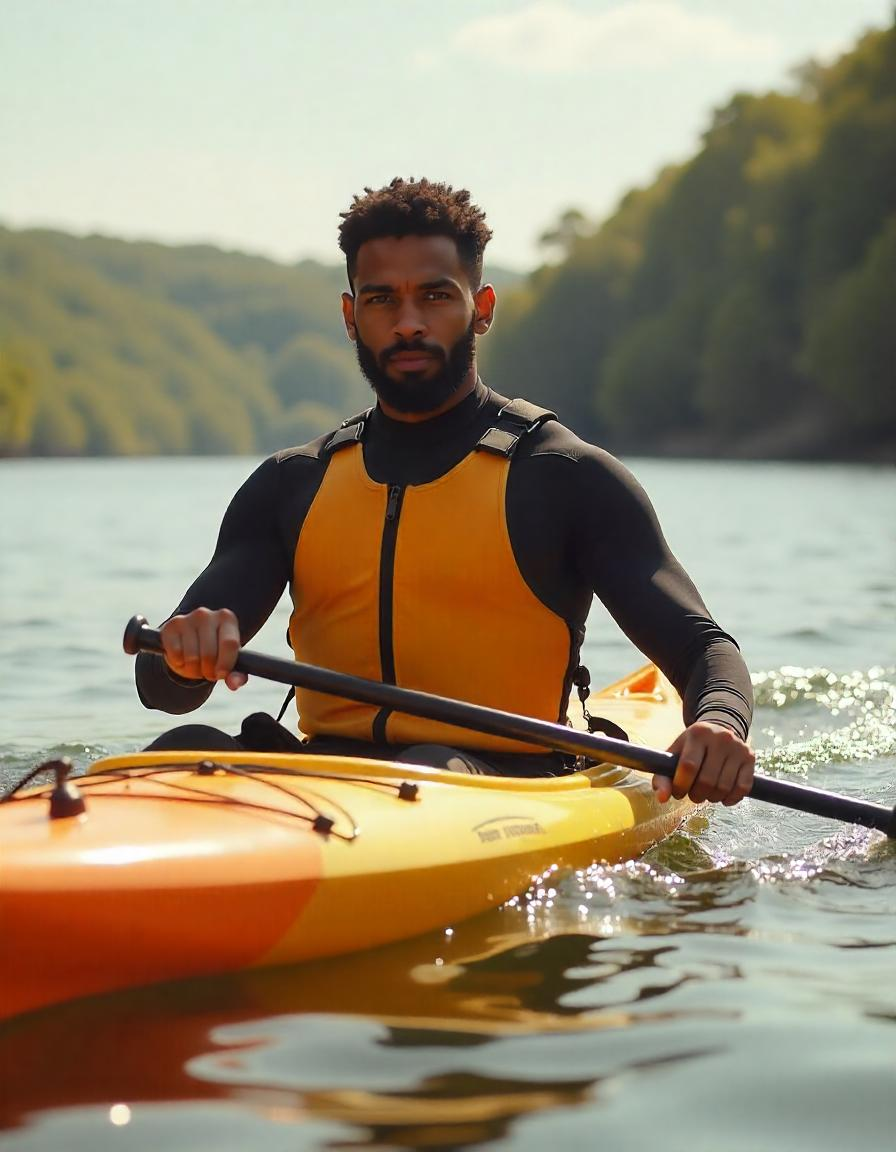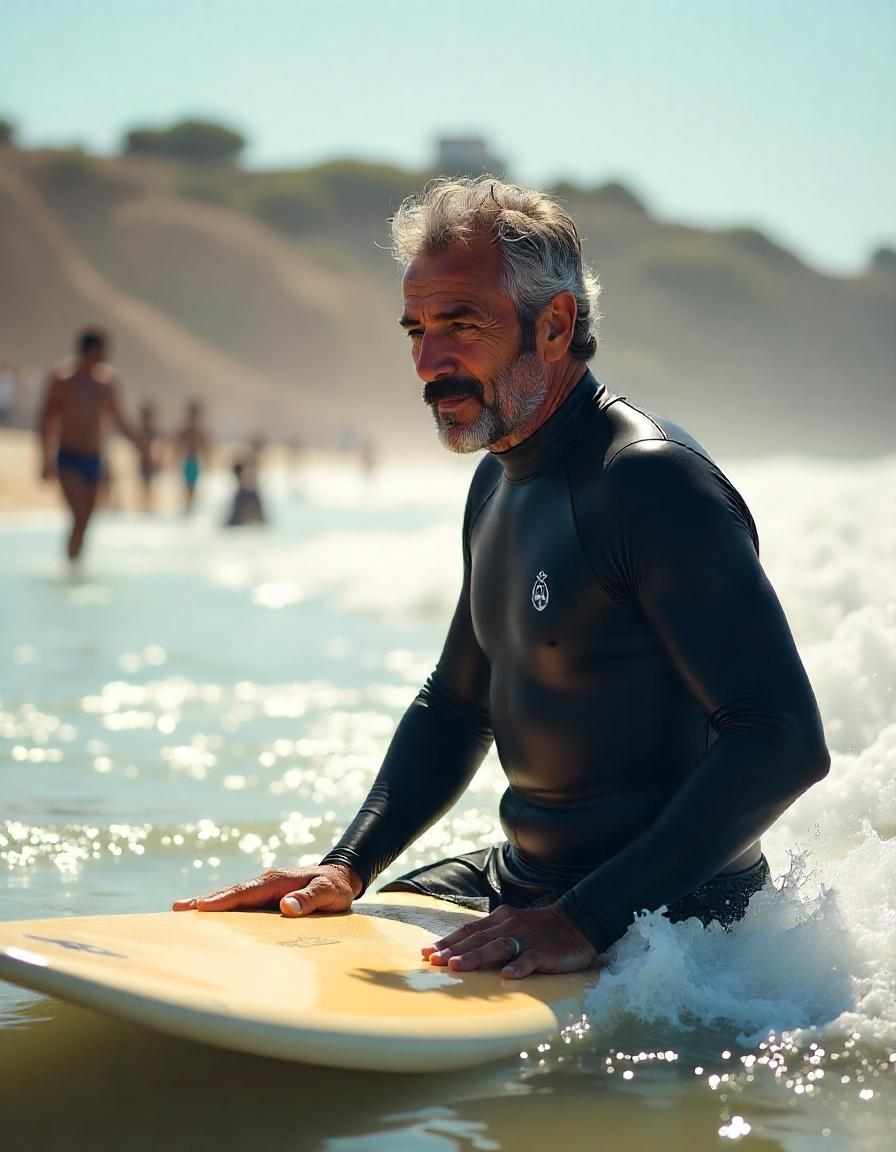A wetsuit that fits properly can make all the difference in your time on the water. From maximizing mobility to maintaining warmth, the right fit enhances your comfort and performance. Finding a wetsuit that feels like a second skin takes some knowledge of sizing, materials, and testing methods. This wetsuit fit guide will walk you through every step to help you select one that works for your body and activity level.
Why Fit Is Essential for Your Wetsuit
The fit of a wetsuit directly impacts its ability to trap a thin layer of water against your body, which serves as insulation. A poorly fitted wetsuit allows water to flush in and out, negating its warming capabilities. Beyond warmth, a well-fitted suit should allow you to paddle, duck-dive, and move freely without restrictions.
Key Benefits of a Properly Fitted Wetsuit:
- Thermal Efficiency: Traps heat for cold water activities.
- Freedom of Movement: Enables paddling, stretching, and dynamic surfing.
- Reduced Fatigue: A good fit prevents unnecessary strain and discomfort.
How to Size a Wetsuit
1. Understand Wetsuit Sizing Charts
Wetsuit sizes differ across brands, but most rely on basic measurements like height, weight, chest, and waist.
- Height and Weight are the most important measurements when selecting a size.
- Chest and Waist measurements help refine your choice, ensuring a snug upper-body fit.
Tip: Always refer to the brand’s specific sizing chart, as each manufacturer may incorporate slight differences.
2. Finding the Correct Length
The suit should cover your entire body without excess slack or pulling. The sleeves and legs should reach just above your wrists and ankles, forming a seal without gaps.
- Too short? You risk exposing skin and creating flush points.
- Too long? Loose material will bunch and restrict mobility.
3. Evaluate Snugness
Your wetsuit should feel tight when dry since neoprene stretches once wet. However, it shouldn’t feel suffocating or restrict circulation. Aim for a “second skin” fit that provides compression but still allows room to breathe and move comfortably.
4. Check the Neck Seal
A good neck seal minimizes water entry. It should sit snugly without causing irritation or discomfort. Gaps around the neck can lead to flushing, which decreases the suit’s warmth.
5. Verify the Zipper Fit
Most wetsuits feature either back or chest zippers. Ensure the zipper closes smoothly without straining or feeling tight on your back. Chest zips tend to offer better flexibility but may take longer to put on compared to back zips.
Testing the Fit
Once you receive a wetsuit, always try it on before committing to a purchase. Here’s how to properly test its fit.
1. Dry Fit Check
- Wear your wetsuit on dry skin or over a light layer.
- Bend your arms, stretch, and squat to mimic movement you’d do during surfing or swimming.
- Ensure there’s no excess fabric around the knees, elbows, shoulders, or back.
2. Seal Test
Make sure there’s minimal water entry along the cuffs, legs, and zippers. If you’re testing it at home, simulate water movement by pouring water over the suit and checking for leaks.
3. Comfort Evaluation
Movement should feel natural, without digging, pinching, or rubbing. Pay attention to high-contact areas like the neck, underarms, and behind the knees.
Common Fit Problems and Solutions
It’s not uncommon to experience minor issues when first trying on a wetsuit. Here’s how to identify and fix the most common concerns.
1. Baggy Areas
- Problem: Loose fabric around the stomach, chest, or lower back.
- Solution: Check the manufacturer’s sizing down a size or consider a suit with more tailored panels.
2. Overly Tight Fit
- Problem: The suit feels restrictive, especially around the shoulders.
- Solution: Opt for a suit with super stretch neoprene or try a larger size without compromising a snug seal.
3. Chafing or Irritation
- Problem: Neck, wrist, or ankle seals cause discomfort.
- Solution: Apply wetsuit-specific lubricant to reduce friction or choose a suit with lined cuffs.
4. Water Flushing
- Problem: Water enters sleeves, legs, or the zipper area.
- Solution: Try a tighter neck seal or taped seams to prevent water entry.
Additional Tips for Finding the Perfect Fit
-
Buy for Function Over Looks
While colors and designs are tempting, prioritize fit and materials that suit the water conditions you’ll encounter. -
Consider Your Activity Level
Active surfers or divers need a suit with more flexibility, while casual swimmers might opt for simplicity and durability. -
Test It in Water
After a dry fit, test the suit in water (if possible) to confirm its warmth and comfort under real conditions. -
Tailoring Options
Some brands offer custom wetsuit alterations for those with unique measurements or preferences. -
Ask for Expert Advice
If unsure, visit a surf shop and consult an expert to ensure you’re making the right choice.
Final Thoughts
The right wetsuit fit combines warmth, comfort, and mobility, transforming your water sessions into enjoyable experiences. By understanding sizing charts, testing for snugness, and avoiding common fit mistakes, you can confidently select a wetsuit that supports your performance and keeps you comfortable in any condition.
Call to Action
Finding the perfect wetsuit fit is a game-changer for your adventures on the waves. Use this wetsuit fit guide to refine your choice, and explore various brands to discover the best option for your needs. Don’t settle for a suit that’s “good enough”—prioritize comfort for peak performance every time!





